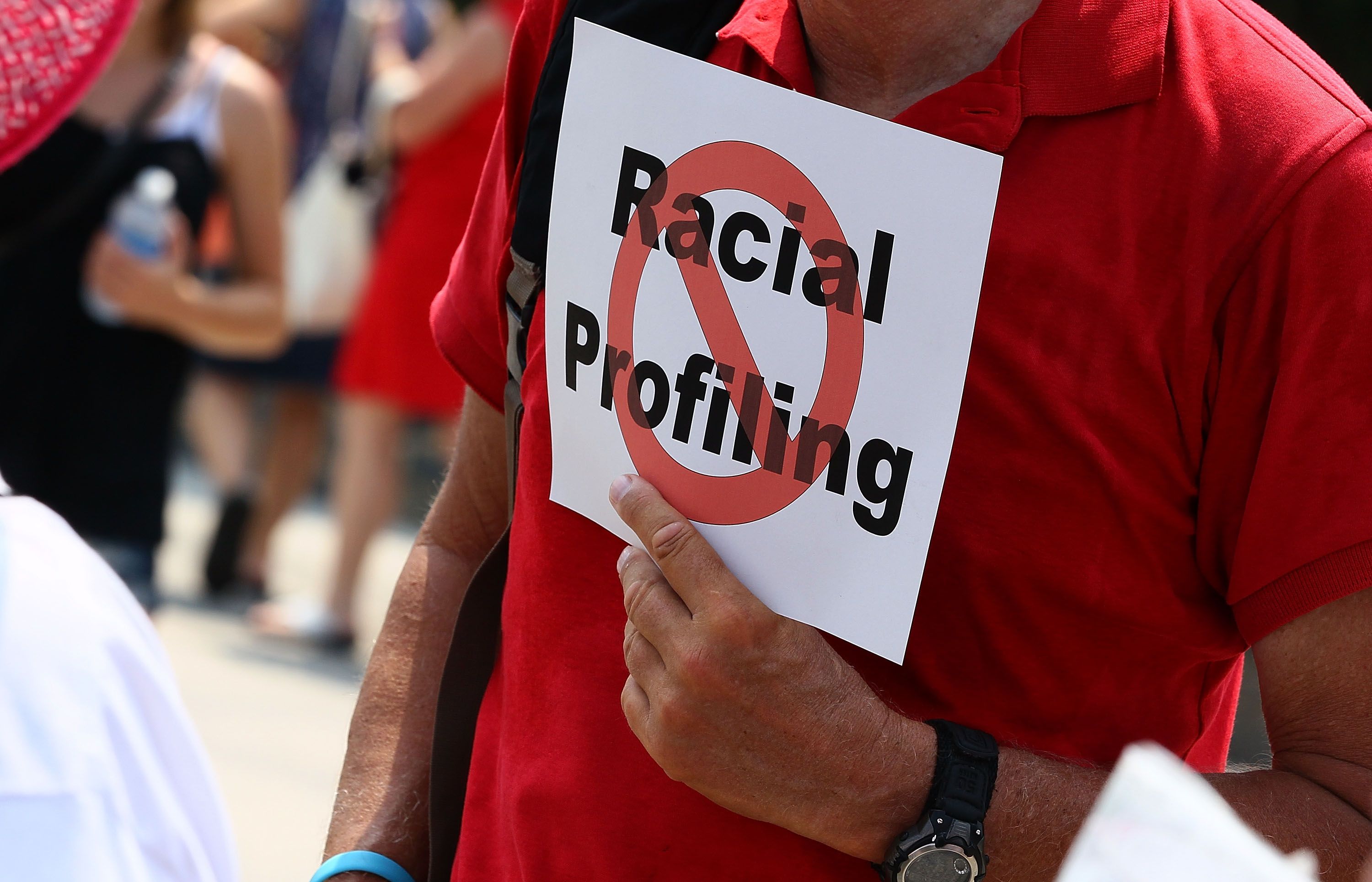
On December 8, 2014, the Department of Justice released its revised “Guidance on the Use of Race” by law enforcement officials. Just in time for Human Rights Day (and you thought the feds only cared about the Constitution).
The revised guidance expanded the classes protected from discriminatory policing from just race and ethnicity to include gender, sexual orientation, gender identity, national origin and religion. It not only covers federal law enforcement officers performing federal law enforcement activities, including those related to national security and intelligence, but also local and state law enforcement officers who are participating in federal law enforcement task forces. While not providing a private right of action, it does require each agency to collect data on complaints made under the guidelines.
This is much welcomed news. Myriad advocates and organizations have tirelessly urged the Justice Department to update its guidelines since they were first introduced in 2003 to include more identities, like national origin and religion, and apply these standards to local law enforcement officers who work with federal law enforcement.
Except… as the saying goes, “the devil is in the details,” or, in the case of these guidelines, in the footnotes. In reading the fine print, it is important to note that border and transportation security screenings and inspections, however, remain among the few activities that are excluded from the Guidelines. So while the Guidelines themselves have been updated and parsed out into a 12 page document, the previous exceptions to border enforcement and national security have withstood the rewrite.
The border enforcement exception is a gaping hole right through the center of these Guidelines – big enough you could drive a truck through.
Border patrol is not just policing at the physical border, but rather its agents conduct interdiction activities as far as 100 miles from the imaginary line that was drawn in the sands of the Sonoran desert or the waters of the Rio Grande. Amnesty International has previously documented how Indigenous communities and communities of color along the border live under a state of siege. Immigrants, US citizens of Latino descent and Indigenous people are disproportionately targeted for stops and searches due to discriminatory profiling based on race, ethnicity and indigenous status by federal, state, and local law enforcement officials. Monitoring and accountability of immigration and law enforcement officials is lacking and, as a result, those responsible for human rights abuses are rarely held to account, with the result that such practices have become both commonplace and entrenched.
In addition, the DOJ guidelines would permit the use of such factors as race, national origin or religion by the Transportation Security Administration’s screening at airports and, for example mapping and surveillance of Muslim communities so long as “it is undertaken pursuant to an authorized intelligence or investigative purpose”. Claims by the NYPD, for instance, that “mapping” of Muslim communities has resulted in numerous terrorist plots foiled have largely been overstated, and what we do know is that the profiling of entire communities, solely on the basis of a single identity, does not prevent crimes but only hinders relations between law enforcement and those communities.
It is the lazy way of claiming to prevent crime, or terrorist attacks, and criminalizes an entire community by labeling as suspect the Constitutionally protected actions of its individuals, solely on the basis of the criminal actions of a few.
As written, the Guidelines leave too many holes where peoples’ rights may be violated without sufficient accountability. It is imperative that the Department of Justice revise their guidelines to remove these exceptions and that the next Congress to reintroduce and finally pass the End Racial Profiling Act to ensure that every law enforcement agency is held to the same standard in regards to policing and race, national origin and religion. As demonstrated by the protests that have swept the nation, the country is demanding more action and accountability and it’s time for Congress to act.
jhggfhgfhfgh
Great to know about this amnestyusa blog really very useful and helpful for all, thanks for sharing and giving us. Mainly updating about racial profiling the devil is in the detailsor the footnotes,keep it up.